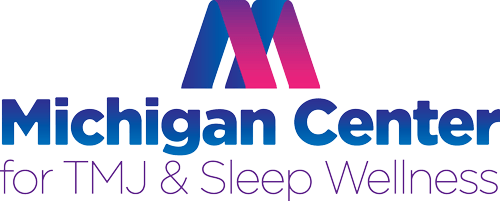Now seeing all patients, with enhanced safety protocols! Call (248) 480-0085
to schedule your appointment.
4550 Investment Dr. Suite 290 | Troy, MI 48098 |
(248) 480-0085
Sleep Apnea Surgery
Surgery is not generally recognized as a frontline treatment for sleep apnea, because the risks are high, the success rate is low, and even when it succeeds, regression is common. But in many situations, surgery is a good treatment option for sleep apnea. For example, in people who cannot adapt to sleep apnea but would not otherwise get enough benefit from oral appliances. Many people experience adequate relief from sleep apnea surgery that they don’t need supplemental treatments.
To learn whether sleep apnea surgery will help you, please call (248) 480-0085
or email
the Michigan Center for TMJ & Sleep Wellness today for an appointment with Detroit sleep dentist Dr. Jeffrey Haddad.

Uvulopalatopharyngoplasty (UPPP)
This is the most commonly performed sleep apnea surgery, though it’s also one of the least successful. The success rate for this procedure is 50% or less. Though some surgeons claim that variations on the procedure are much more successful, there is little documentation of the variation in success rates between individual surgeons.
In this procedure, tissue from several structures in the back of the throat are removed to make the airway more open. This includes trimming the soft palate at the back of the roof of your mouth, the uvula, which dangles down from the roof of your throat, and some other tissues in the area.
There are several variations on this procedure, using laser energy or radiofrequency energy to perform all or part of the tissue removal. There isn’t enough evidence to support these alternatives as being significantly better.
Uvulopalatopharyngoplasty (UPPP)
This is the most commonly performed sleep apnea surgery, though it’s also one of the least successful. The success rate for this procedure is 50% or less. Though some surgeons claim that variations on the procedure are much more successful, there is little documentation of the variation in success rates between individual surgeons.
In this procedure, tissue from several structures in the back of the throat are removed to make the airway more open. This includes trimming the soft palate at the back of the roof of your mouth, the uvula, which dangles down from the roof of your throat, and some other tissues in the area.
There are several variations on this procedure, using laser energy or radiofrequency energy to perform all or part of the tissue removal. There isn’t enough evidence to support these alternatives as being significantly better.

Maxillomandibular Advancement
In maxillomandibular advancement, both your upper and your lower jaw are enlarged. This is the most successful form of sleep apnea surgery, but it’s also among the most invasive. Both your upper jaw and your lower jaw are cut or broken to allow the expansion of the airway by up to 12mm. The jaws are secured with titanium plates and allowed to heal.
Success rates for this procedure approach 100%. Unfortunately, 12-14% of patients experience permanent nerve damage, and up to 44% of patients may experience bite or jaw problems. The plates securing the jaw can also break.
Nasal Sleep Apnea Surgery
The nose isn’t the primary site of obstruction for most people with sleep apnea, but it can significantly contribute to your sleep apnea. There are several different nasal surgeries available to attempt to improve breathing through the nose. These include correction of a deviated septum and elimination of turbinates. Turbinates are small structures intended to help catch particles and dirt from the outside atmosphere, but they can negatively impact your ability to breathe clearly, especially when you develop nasal congestion.
Throat Surgeries for Sleep Apnea
There are also some surgeries that are designed to target the role of the throat in sleep apnea. Tracheostomy is a procedure in which a hole is cut in the throat to create an alternate breathing tube. It’s 100% effective, but few people want to be left with a gaping hole in their throat.
Glossectomy or glossial advancement is when part of your tongue is removed to help expand your airway.
Hyoid advancement is when the bone in your throat is relocated to help improve the size of the airway.
Hypoglossal stimulation is when your body is implanted with a kind of tongue pacemaker that keeps stimulating your tongue so it doesn’t relax and fall back to close your airway.
If you would like to learn whether you are a good candidate for sleep apnea surgery, or to learn about our other sleep apnea treatment
options, please call (248) 480-0085
or email
the Michigan Center for TMJ & Sleep Wellness today.
All Rights Reserved © 2020 Michigan Center for TMJ & Sleep Wellness | Website by Pro Impressions Marketing Group
| Sitemap

